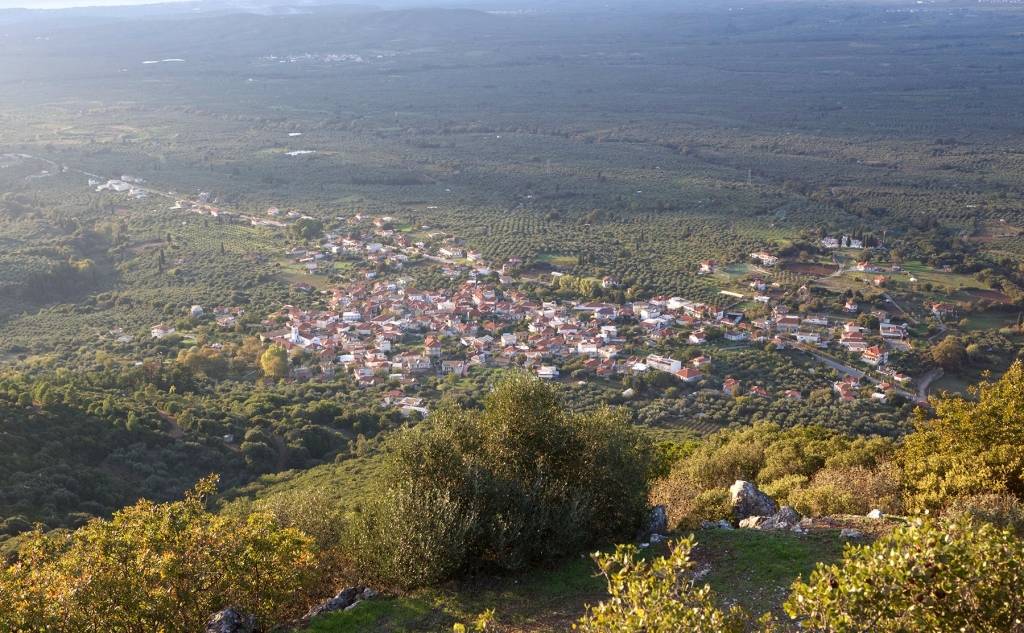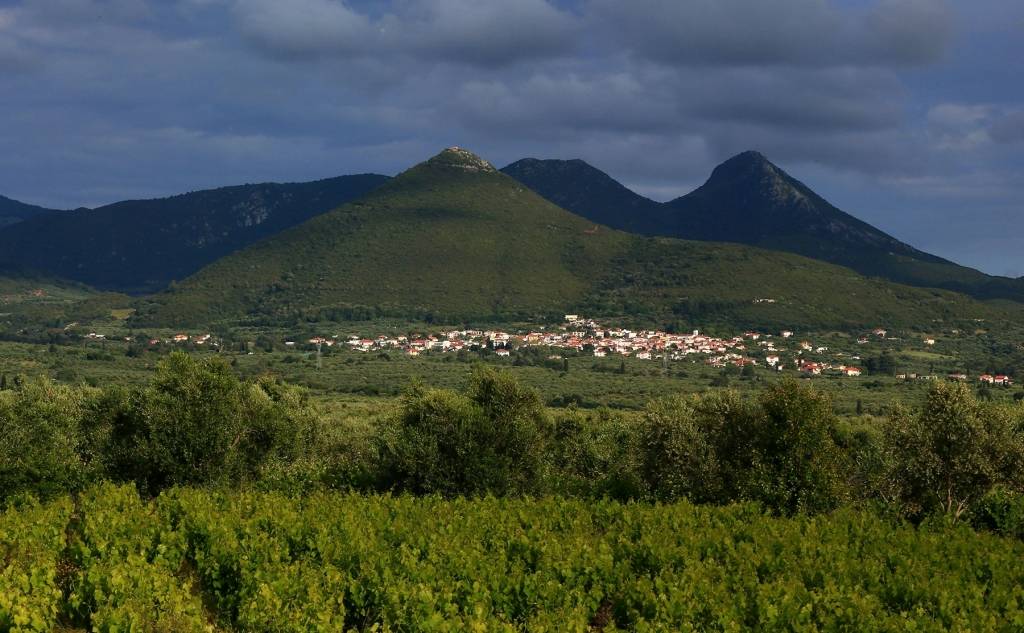






The semi-mountainous village of Chandrinou (previously referred to as Prophet Ilias or Ai Lias) is 13.5 kilometres from Pylos. It is built at an altitude of 309 metres and has approximately 600 permanent residents. Within the geographical limits of today's Chandrinos (at the "Kotronakia location"), there are findings from the Neolithic period. Also, in the "Platania" site, findings dating back to the Archaic period have been discovered. In ancient times, the area was part of Nestor's kingdom, the kingdom of ancient Pylos.
The village has been mentioned since the Middle Ages and the First Venetian period. In fact, some of the village’s inhabitants come from Arcadian shepherds, also known as "up and downers". This name was given to the shepherds as in the spring, they went up with their flocks to Arcadia, while in the winter, they went down to the shelters of Messenia.
One kilometre east of the village, at the "Kissos" location, Spyridon Marinatos excavated a burial mound with a diameter of 12 metres and a height of 4 metres. Four burial enclosures were found around the mound in 1966. A box-shaped grave and two burial pithos were also found. From the coarse and undecorated pottery, Sp. Marinatos concluded that it was probably a cemetery for residents of a relatively poor settlement. Based on the findings, all the burials date from the Middle Helladic to the Late Helladic period. A second mound (the so-called "of Tourliditsa") is later.
At the "Panagitsa" site, there were remains from the Early Byzantine era, which probably belonged to an Early Christian Basilica. Also, in 1423, the first mention of the conical hill of Ai Lias (Sancte Elie) was made, the top of which was occasionally used by the Venetians of Methoni as an observation post.
At the end of the 18th century, the fighter of the pre-revolutionary period, Nikolaos Mantas, who set up ambushes for the Ottoman soldiers, was active in the area. At the foothills of Ai Lias, which towers over the village, Mantas met the beautiful shepherdess Vlachothanasso. Manda's name became a legend and a well-known folk song.
Finally, in the village, the visitor can see the traditional houses, the patron church of Agios Georgios, and the churches of the Holy Apostles and Prophet Elias at the top of the homonymous small conical mountain.